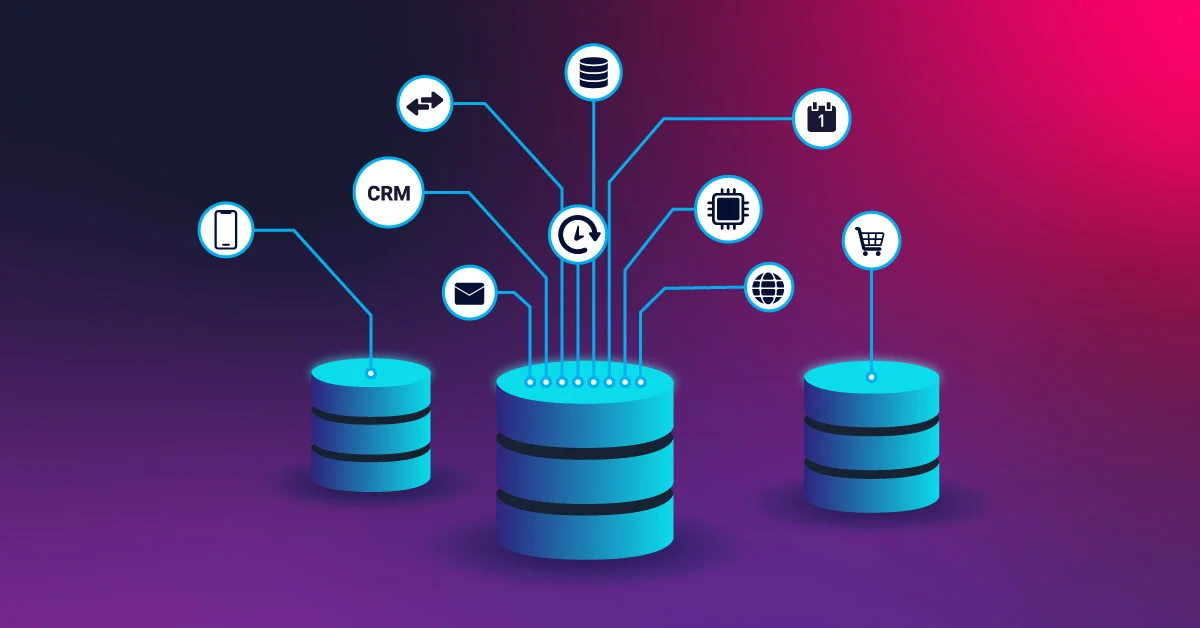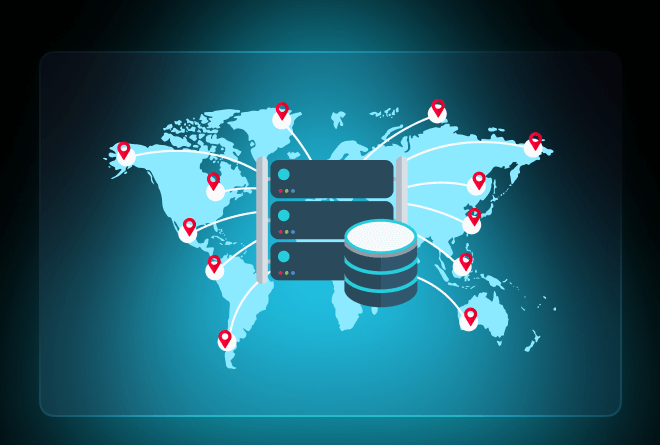How to Secure Your Website’s Database from Attacks

When most website owners think about cybersecurity, they often picture firewalls, SSL certificates, and login credentials. While these components are crucial, the heart of your site—the database—often goes overlooked. Your website’s database holds everything from customer information and login data to product details and content. If this core asset is breached, the consequences can be catastrophic, including data theft, identity fraud, and permanent reputation damage. Understanding how to secure your database isn’t just good practice—it’s essential for the longevity and trustworthiness of your site.
Understanding Why Databases Are Prime Targets
Hackers rarely waste time on low-value assets. Your website’s database is a goldmine of sensitive information. For an eCommerce site, this might mean customer names, addresses, and order histories. For a blog, it could be administrator credentials and unpublished content. Attackers use various tactics, such as SQL injection, privilege escalation, or brute force attacks, to get their hands on this data. Knowing the value of what you’re protecting is the first step to implementing robust defenses.
Use Strong Authentication and Role-Based Access
The first line of defense is proper authentication. That means no default usernames like “admin,” and absolutely no simple passwords. Use long, complex, and unique passwords, and enforce two-factor authentication (2FA) for all users with database access.
Beyond passwords, apply role-based access controls. Not every team member or service should have full database access. Limit access based on the principle of least privilege: users and applications should only have the permissions necessary to perform their jobs—nothing more.
For example, your front-end website may need permission to read from the database but not to modify or delete records. Set up separate users for different purposes, and isolate their permissions accordingly.
Keep Your Database Software and Server OS Updated
Database software isn’t immune to vulnerabilities. Whether you’re using MySQL, PostgreSQL, MongoDB, or another system, ensure you’re running the latest stable version. Updates often patch known security flaws, and running outdated versions gives attackers a known blueprint to exploit.
The same principle applies to your server’s operating system. Most Linux distributions regularly push security updates. Failing to apply these can leave your database exposed, even if the database software itself is up to date.
Encrypt Data at Rest and in Transit
Data encryption adds a critical layer of protection. For data at rest—information stored on disk—use built-in encryption mechanisms provided by your database software or disk-level encryption like LUKS. This ensures that even if someone gains physical access to your server or backup, they can’t read the data without the encryption key.
For data in transit—information moving between your web server and database or between the database and clients—enable SSL/TLS encryption. This prevents man-in-the-middle attacks, where an attacker intercepts and possibly alters the data as it travels over the network.
Defend Against SQL Injection Attacks
SQL injection remains one of the most common and dangerous types of database attacks. It happens when malicious actors manipulate input fields to insert or execute SQL commands that alter your database.
To prevent this, never insert raw user input directly into SQL queries. Use prepared statements and parameterized queries, which ensure that input is treated as data and not executable code. Most modern web development frameworks and database drivers support these mechanisms by default—use them.
Also, sanitize and validate all user inputs, even for non-critical fields. Hackers often exploit overlooked input areas like search bars, contact forms, or even URL parameters.
Regularly Back Up Your Database (And Secure the Backups)
Backups are your last line of defense. If your database is corrupted, deleted, or held hostage in a ransomware attack, a secure and recent backup could be your saving grace.
However, backing up your data isn’t enough—it must also be stored securely. Encrypt your backups and store them off-site in secure, access-controlled environments. Avoid keeping backups in the same location or server as your primary database, as a single breach could compromise both.
Automate the backup process to avoid human error, and periodically test your backups to ensure they can be restored correctly.
Implement Intrusion Detection and Monitoring
Vigilance is key. Use intrusion detection systems (IDS) to monitor for unusual or unauthorized access to your database. Tools like OSSEC, Snort, or database-specific logging systems can alert you to brute force attempts, privilege escalation, or unexpected queries.
Enable logging for all database activities. Track user logins, changes to user permissions, and queries that access sensitive data. Monitor these logs regularly or automate alerts for suspicious activity.
Additionally, use rate limiting to throttle access attempts and deter brute force attacks. Repeated failed login attempts from the same IP should result in temporary bans or CAPTCHA challenges.
Disable Remote Access (Unless Absolutely Necessary)
Remote access to your database should be disabled unless it’s absolutely required. If remote access is necessary—for example, for developers or administrators working off-site—secure it using a VPN and IP whitelisting. Never expose your database port (like MySQL’s default port 3306) directly to the internet.
Restrict remote access to known, trusted IP addresses only. Use firewall rules to allow traffic only from specific locations, and monitor connections for unexpected patterns or unknown origins.
Use a Web Application Firewall (WAF)
A Web Application Firewall acts as a security filter between your users and your application. While it doesn’t directly protect the database itself, it prevents many of the attacks that could lead to a compromised database—like SQL injections or cross-site scripting (XSS).
Use a WAF that supports virtual patching, which can apply temporary protections against known vulnerabilities even if you haven’t updated the software yet. Some services like Cloudflare or Sucuri offer managed WAFs that are easy to integrate and maintain.
Secure Configuration and Disable Unused Features
Out-of-the-box database installations often come with features you don’t need, such as sample databases, test users, or remote debugging. Each of these is a potential entry point for an attacker.
Go through your database configuration carefully. Disable or remove:
- Anonymous users
- Remote root login
- Unused services or plugins
- Public access to sensitive schemas
Also, change default ports where possible. While it won’t stop a determined attacker, it can reduce automated scanning by bots targeting common database ports.
Educate Your Team on Database Security Best Practices
Technology alone can’t protect your data—your team plays an equally critical role. Educate everyone with access to the database about the importance of security hygiene. This includes:
- Never sharing credentials over email or messaging apps
- Logging out of sessions when done
- Recognizing phishing attempts that aim to steal access credentials
- Regularly rotating passwords and using password managers
If you’re working with third-party developers or database administrators, ensure they follow your security protocols strictly. One careless misconfiguration or ignored patch can undo all your protective efforts.
Monitor for Data Leaks and Credential Exposure
Even with the best defenses, breaches can still occur. Stay proactive by scanning the dark web or using services like Have I Been Pwned or SpyCloud to monitor for leaked credentials tied to your domain or database users.
If you detect any exposure, act fast—change passwords, revoke sessions, and investigate the potential scope of the leak. Use this as an opportunity to assess and reinforce your overall security posture.
By making database security a cornerstone of your website management strategy, you significantly reduce the risk of data loss, theft, or reputation damage. Cyberattacks grow more sophisticated each year, but the majority of breaches still exploit preventable misconfigurations or overlooked best practices. Treat your database not as an invisible back-end component, but as a living, central part of your digital infrastructure—one that demands constant attention, care, and protection.



